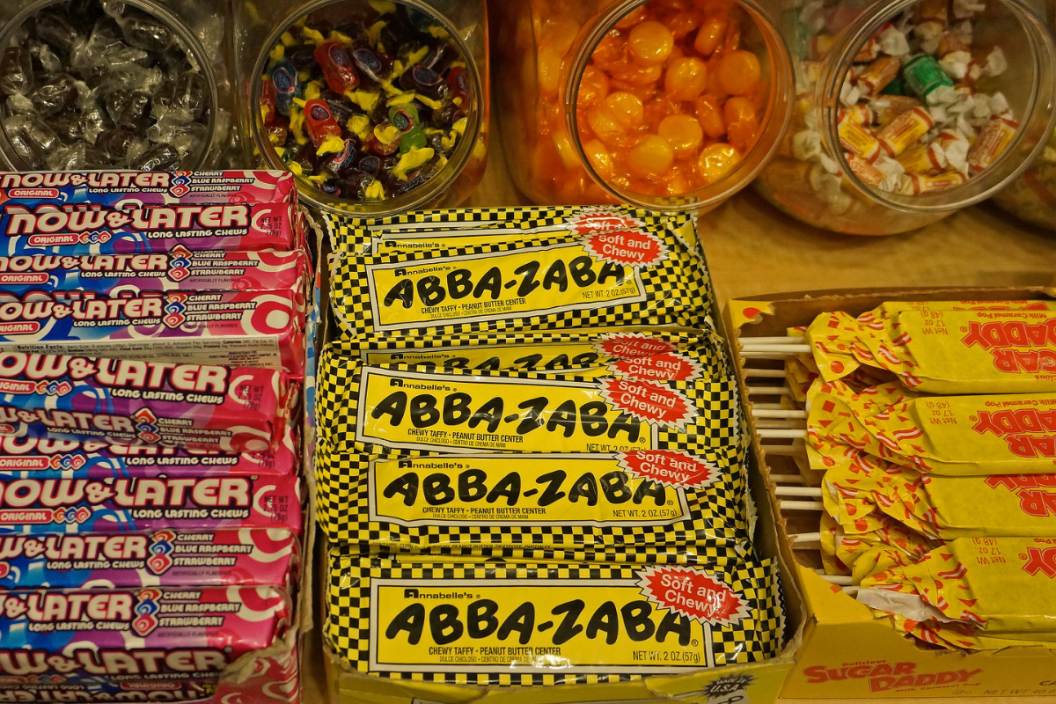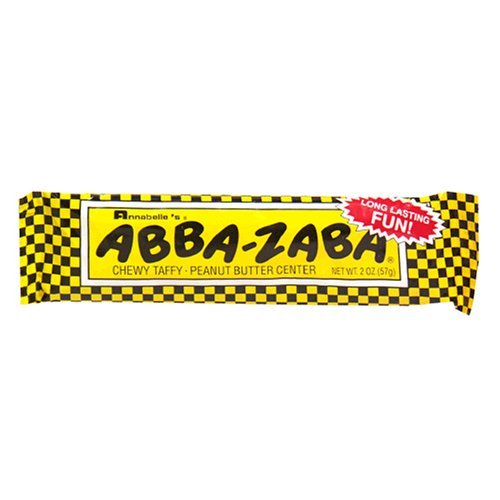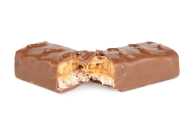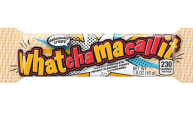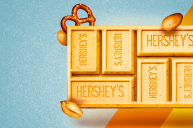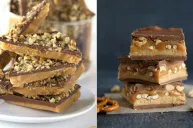The roaring twenties were a time of affluence and cultural expansion, when American society was defined by flappers, bootleggers and smooth jazz. After recovering from World War I, the economy flourished and the younger generation pushed the boundaries of fashion and social norms. While most of us are familiar with the parties and cultural expansion of the 1920s, few are aware of the tasty nugget of history known as the Abba Zaba candy bar!
Videos by Wide Open Country
The Abba Zaba Candy Bar
The Abba Zaba candy bar has been providing happiness in the form of taffy and peanut butter for nearly a century. It was first manufactured in 1922 by Colby and McDermott, and then taken on by the Cardinet Candy Co. and U-No Bar. In 1978, these chewy delights were acquired by Annabelle Candy Co, who currently manufactures this popular candy bar in Hayward, California.
These tasty candy bars are made of chewy taffy with a peanut butter center. Many candy lovers find this combination of flavors and textures irresistible, which accounts for its century-long success. While its original flavor has remained the same, the Abba Zaba candy bar is now also available with a chocolate filling instead of the typical creamy peanut butter center. Along with this variation, there are now Abba Zabas made with green-apple flavored taffy.
The abba zaba candy bar consists of corn syrup, sugar, peanut butter, dextrose, partially hydrogenated vegetable oil (coconut, palm kernel, palm, soybean, cottonseed), lecithin salt, mono and diglycerides.
Historical Significance of the Abba Zaba
With their distinctive checkerboard wrapper, these retro candy bars have been part of pop culture in the United States since their creation. Along with being featured in various songs, Annabelle's Abba-Zaba candy bars were in the 1998 Dave Chappelle comedy film Half Baked. They were also mentioned in TV shows such as Gilmore Girls and The Goldbergs, along with being John Wayne's favorite candy!
However, despite its success and popularity, delving deeper into the history of these taffy candy bars reveals that their past is as checkered as their wrapper. Before it was packaged in a friendly taxi-colored wrapper, the Abba Zaba candy bar was decorated with African tribesmen sitting beside a taffy tree in the jungle. In spite of the overtly racist tone of its packaging, this chewy candy was still exceedingly popular when it was first produced and marketed.
Although the history of the abba zaba candy bar has had its ups and downs, no one can deny that this combo of chewy taffy and creamy peanut butter makes the world a little sweeter!
Watch: Kit Kat Released a Birthday Cake-Flavored Candy Bar in April
